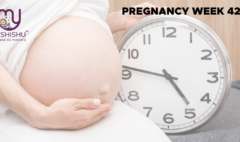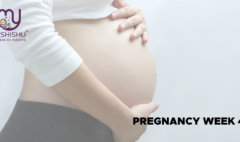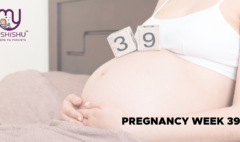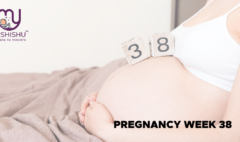Postpartum Depression: Why Moms Feel like a Failure
Postpartum Depression: Why Moms Feel like a Failure
In this comprehensive guide, we will delve into the topic of postpartum depression, exploring its causes, symptoms, risk factors, and potential complications. We will also discuss the importance of early diagnosis and effective treatment options. Whether you are a new mother experiencing postpartum depression or someone looking to support a loved one, this article aims to provide valuable insights and guidance.
Introduction
Welcoming a baby into the world is a momentous occasion filled with joy and excitement. However, for some new mothers, this experience can be overshadowed by feelings of sadness, anxiety, and even depression. This condition, known as postpartum depression, affects many women and can have a significant impact on their emotional well-being and their ability to bond with their newborn.
Postpartum depression is a mood disorder that can affect women after childbirth, typically starting within the first few weeks but sometimes even during pregnancy. It is characterized by intense feelings of sadness, anxiety, and fatigue that can significantly impact a mother’s ability to care for herself and her baby. While experiencing some degree of mood swings, anxiety, and difficulty sleeping is common in the days following childbirth (known as baby blues), postpartum depression is a more severe and long-lasting condition that requires prompt treatment.
Differentiating Baby Blues from Postpartum Depression
It’s important to differentiate between baby blues and postpartum depression. Baby blues typically begin within the first 2 to 3 days after delivery and may last for up to two weeks. Symptoms include mood swings, crying spells, anxiety, and difficulty sleeping. On the other hand, postpartum depression symptoms are more intense and longer-lasting, often interfering with a mother’s ability to care for her baby and handle daily tasks. These symptoms usually develop within the first few weeks after giving birth but can also occur during pregnancy or up to a year after birth.
Causes of Postpartum Depression
Understanding the underlying causes of postpartum depression can help shed light on why some women are more susceptible to this condition than others. While there is no single cause, research suggests that a combination of genetic, physical, and emotional factors contribute to its development.
- Genetic Factors: Family history plays a significant role in the risk of experiencing postpartum depression. Women with a family history of postpartum depression, especially if it was severe, are more likely to develop the condition themselves. Genetic factors can influence the brain’s response to hormonal changes during and after pregnancy, increasing vulnerability to mood disorders.
- Physical Changes: The dramatic hormonal changes that occur after childbirth contribute to postpartum depression. The sudden drop in estrogen and progesterone levels can affect neurotransmitters in the brain, leading to mood disturbances. Additionally, fluctuations in thyroid hormones can also contribute to feelings of fatigue, sluggishness, and depression.
- Emotional Issues: Emotional well-being plays a crucial role in postpartum mental health. Sleep deprivation, overwhelming responsibilities, anxiety about caring for a newborn, changes in self-perception and identity, and a loss of control over one’s life can contribute to the development of postpartum depression. Struggling with these emotional issues can make it challenging to cope and may lead to feelings of sadness, hopelessness, and inadequacy.
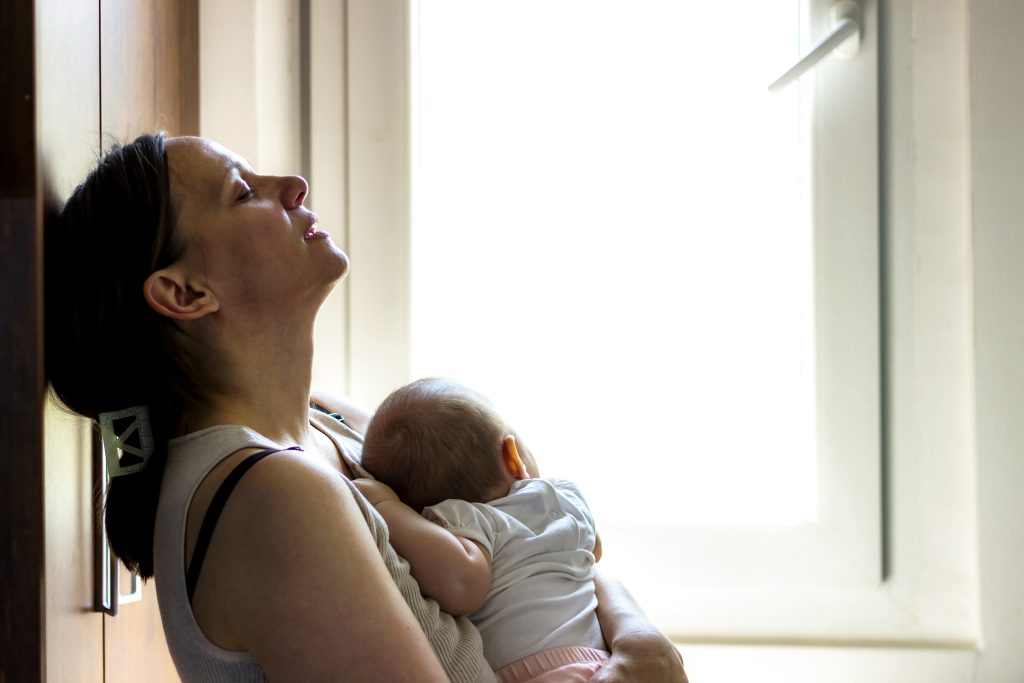
Recognizing the Symptoms
Recognizing the symptoms of postpartum depression is essential for early intervention and treatment. The symptoms can vary in severity and duration, ranging from mild to severe manifestations that require immediate medical attention.
Postpartum Depression Symptoms
Postpartum depression symptoms are more intense and persistent, often interfering with a mother’s daily life and ability to care for her baby. These symptoms may develop within the first few weeks after giving birth, during pregnancy, or up to a year after birth. It’s important to note that not all women will experience the same symptoms, but common signs of postpartum depression include:
- Depressed mood or severe mood swings
- Crying excessively
- Difficulty bonding with the baby
- Withdrawing from family and friends
- Loss of appetite or overeating
- Insomnia or excessive sleepiness
- Loss of energy and overwhelming tiredness
- Reduced interest or pleasure in activities
- Intense irritability and anger
- Feelings of worthlessness, guilt, or inadequacy
- Difficulty thinking clearly or making decisions
- Restlessness and anxiety
- Thoughts of self-harm or harming the baby
- Recurring thoughts of death or suicide
Baby Blues Symptoms
Baby blues symptoms are typically less severe than those of postpartum depression. They usually begin within the first few days after delivery and resolve within two weeks. Common symptoms include
- mood swings
- anxiety, sadness, irritability,
- feeling overwhelmed, crying spells,
- reduced concentration, appetite problems,
- trouble sleeping.
While these symptoms can be distressing, they are considered a normal part of adjusting to motherhood.
Postpartum Psychosis
Postpartum psychosis is a rare but severe condition that usually develops within the first week after delivery. It is characterized by symptoms such as confusion, hallucinations, delusions, sleep disturbances, extreme agitation, paranoia, and thoughts or attempts of self-harm or harm to the baby. Postpartum psychosis is a medical emergency that requires immediate treatment, as it can lead to life-threatening thoughts or behaviors.
Postpartum Depression in the Other Parent
While postpartum depression is commonly associated with mothers, studies have shown that new fathers can also experience this condition. Fathers may exhibit symptoms such as sadness, fatigue, anxiety, changes in eating and sleeping patterns, and a sense of overwhelm. Paternal postpartum depression can have a negative impact on partner relationships and child development, similar to what is observed in mothers. It is crucial for partners to communicate openly about their feelings and seek support when needed.
Seeking Help and Treatment
If you are feeling depressed after your baby’s birth, it is important to remember that seeking help is not a sign of weakness but a proactive step towards your well-being and the well-being of your baby. If you experience symptoms of postpartum baby blues or postpartum depression that do not fade after two weeks, worsen over time, interfere with your ability to care for your baby and complete everyday tasks, or include thoughts of self-harm or harming your baby, it is crucial to contact your primary healthcare provider or obstetrician/gynecologist immediately. If symptoms suggest postpartum psychosis, prompt medical attention is necessary.
Support and Resources
Various support systems and resources are available to help individuals navigate postpartum depression. These may include support groups, counseling, therapy, and medication. Seeking support from loved ones, friends, and healthcare professionals can provide emotional support, practical assistance, and guidance throughout the recovery process.
Treating Postpartum Depression
Postpartum depression can be effectively treated with a combination of approaches tailored to individual needs. Treatment options may include therapy, medication, support groups, lifestyle changes, and self-care practices. Cognitive-behavioral therapy (CBT) and interpersonal therapy (IPT) are common forms of therapy that can help individuals address the underlying causes of their depression and develop coping strategies. In some cases, antidepressant medication may be prescribed to alleviate symptoms and restore emotional balance. It’s important to consult with a healthcare professional to determine the most appropriate treatment plan.
Prevention and Long-Term Outlook
While postpartum depression cannot always be prevented, there are steps individuals can take to reduce their risk and promote overall well-being during the postpartum period. Early intervention and ongoing support are key to better outcomes.
Preventing Postpartum Depression
If you have a history of depression or postpartum depression, it is crucial to inform your healthcare provider when planning to become pregnant or as soon as you find out you’re pregnant. Regular checkups during pregnancy can help monitor for signs of depression and allow for early intervention. Building a strong support system, maintaining a healthy lifestyle, engaging in self-care practices, and seeking professional help when needed are essential in preventing or managing postpartum depression.
The Role of Healthcare Providers
Healthcare providers play a vital role in identifying and addressing postpartum depression. They can provide screening questionnaires during pregnancy and after delivery to assess an individual’s risk and identify symptoms. Prompt diagnosis and appropriate treatment recommendations can significantly improve outcomes for both mothers and their babies. Healthcare providers can also offer guidance on breastfeeding, sleep schedules, and other aspects of infant care that may contribute to a mother’s well-being.
Impact on Mother-Child Bonding
Postpartum depression can impact the bonding and attachment between a mother and her baby. However, with proper treatment and support, individuals with postpartum depression can develop a strong bond with their child. Open communication with healthcare providers, involvement of partners and family members, and seeking therapy or counseling can help individuals address the challenges and create a nurturing environment for the baby’s growth and development.



